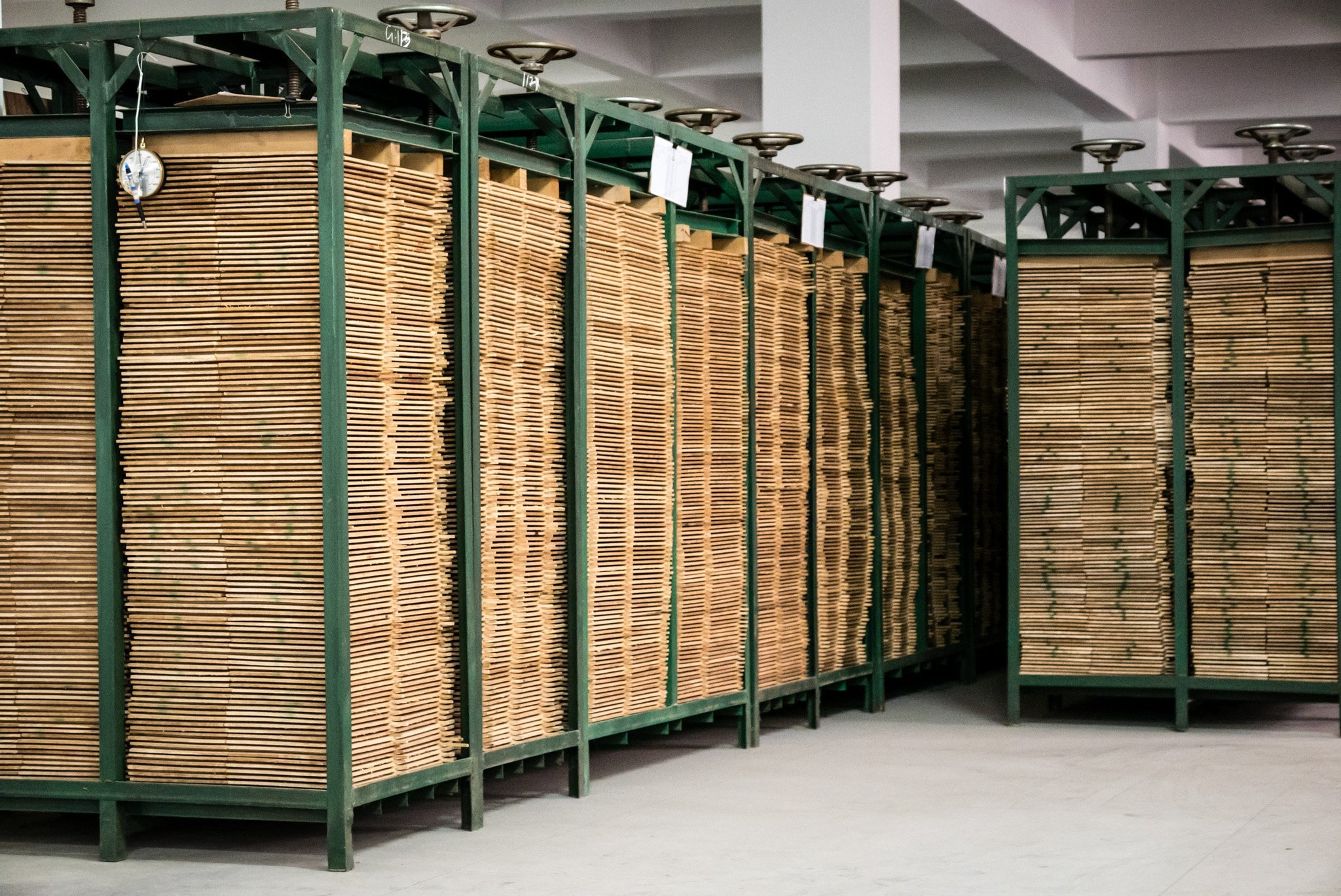
As big fans of great classic electric guitars as well as top-of-the-line modern custom guitars, we thoroughly studied the properties of the woods used on them and how they’d work on our own innovative design guitars. Combined with the lightweight headless design and the unique proprietary hardware crafted of aerospace-grade hardware, we found that the tonal characteristics of the woods were more pronounced than other guitars with much livelier acoustic resonance.
We believe it is very important for players to seriously consider the woods on their guitars not only for the way they look but how they sound. A guitar sound is very subjective and there isn’t just one “Holy Grail” sound for everyone. Some players like their overall sound to be on the bright side with a snappy response. Some like it to be warm with a smoother response while some want a very balanced and neutral sound. It is all up to the individual player and we want to help you make the right choice.
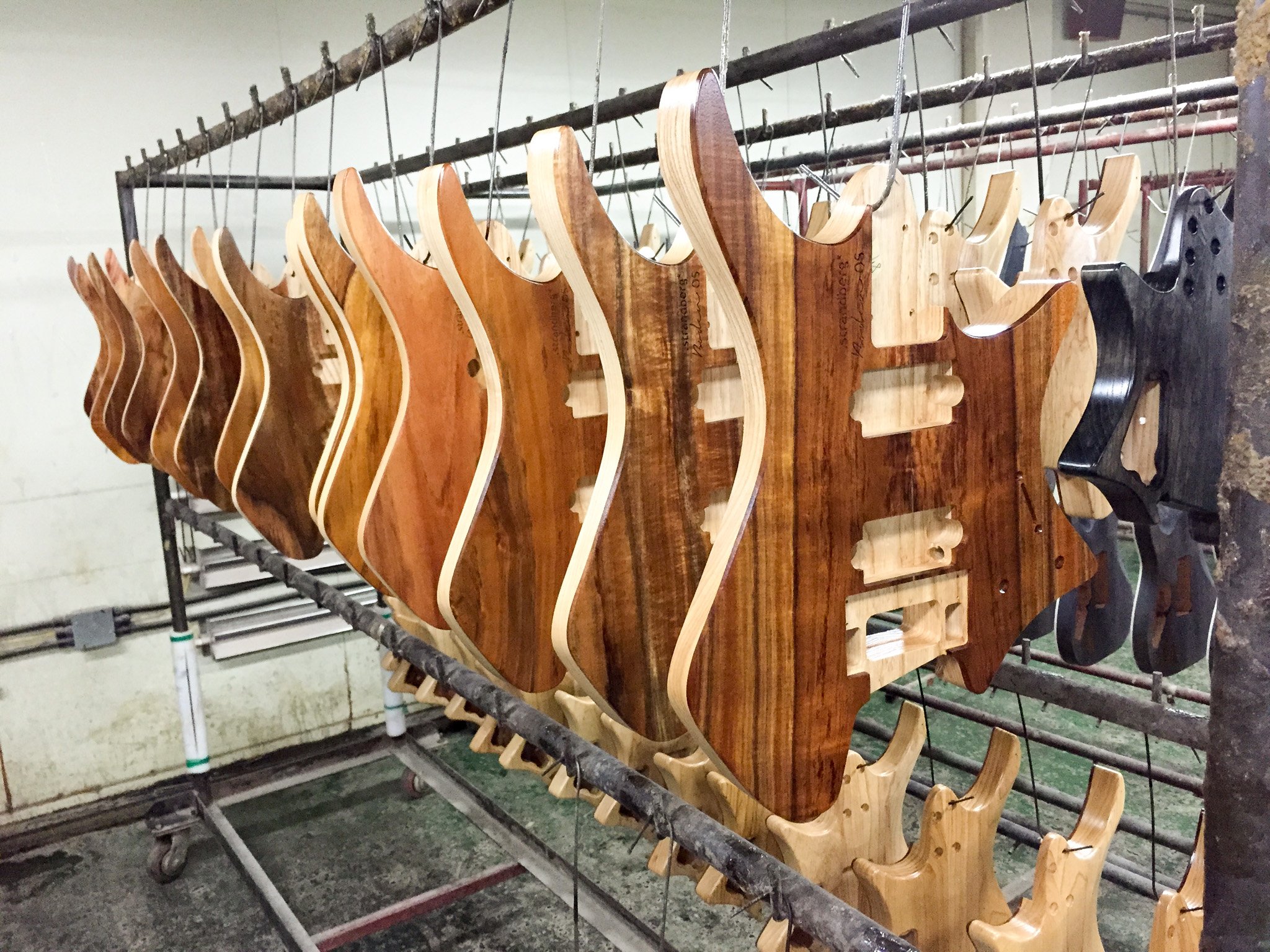
Body Woods
The woods of the electric guitar body are certainly a major component of the overall acoustic character of the guitar (around 50%) but not as much as many players would think. This being said, with the woods on the neck and fretboard being the same, the body woods do make a big difference. If the body is producing 50% of the acoustic sound, then the top wood contributes around 10%. While this may not seem like a lot, the top wood does complement the back wood underneath and combine to provide a certain tonal character.
Typically, figured Maple like Flame Maple and Quilted Maple are used for their visual beauty as top woods on top of traditional body woods such as Alder, Basswood, Mahogany and Swamp Ash. Maple is a dense hardwood that mates well with the aforementioned body woods. Maple’s density and hardness provide more brightness, a faster pick attack and tighter lows to complement the softer and warmer sounds of the traditional body woods.
For our bolt-on production and USA Select Custom Shop guitars, we decided to offer Alder, Basswood and Swamp Ash as body woods and Flame Maple, Quilted Maple and Poplar Burl as the top woods. Each body wood has a very distinctive sonic character and mates very well with the top woods as well as the neck and fretboard woods we offer.
No matter what woods you choose, you still get the unique and distinctive tonal characteristics of a .strandberg* due to its inherent design features and the hardware. This being said, the woods will allow you to dial in a particular sound that you envision and have preferences for. We will now examine each body wood type in depth to help you decide which body wood may work the best for you.
Alder
A very popular body wood that has been used on bolt-on electric guitars since the 1960’s, Alder is brownish in color with broad grains. Alder is characterized by its big and full sound and has a balanced midrange. It can be said that Alder is a mid-midrange kind of tonewood. It matches well with a Maple top for a slightly brighter sound with tighter bass and also sounds great on its own, making it a very versatile body wood that suits virtually all musical styles and genres.
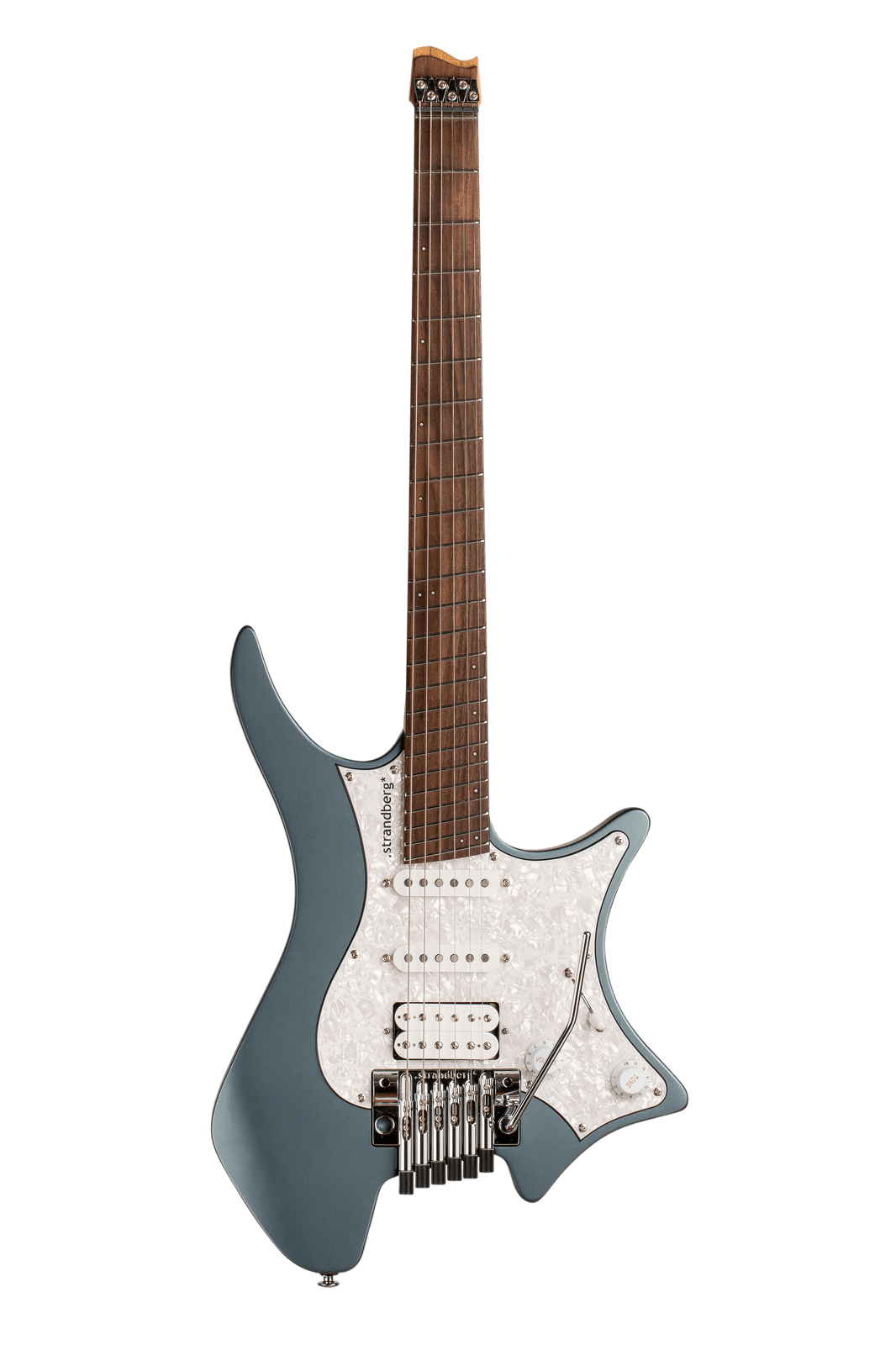
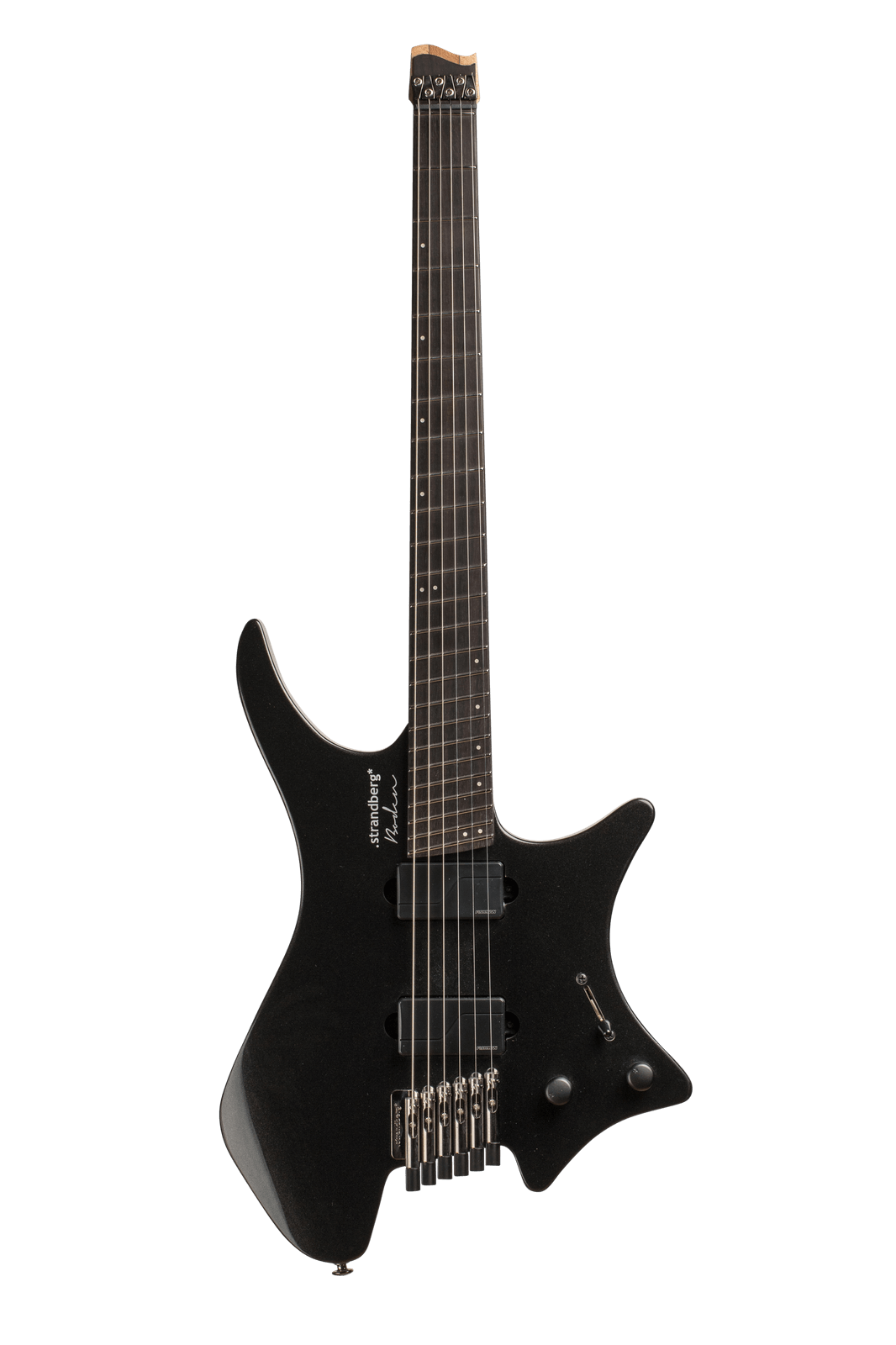
Basswood
Basswood came into vogue as an alternative body wood in the 1980’s during the high-gain shred era but was also favored by fusion guitarists such as Allan Holdsworth. Basswood is softer than Alder and Swamp Ash and has a plain look that makes it ideal for solid color finishes. Compared to Alder, Basswood emphasizes the lower midrange with a smoother attack, making it ideal for high-gain applications. It matches up very well with a Maple top and this wood combination for the body is favored by many top guitar builders and top artists for its full and balanced sound. We also highly recommend a Maple top to go with Basswood.
Swamp Ash
Light in color with wide and distinctive grains, Swamp Ash sounds quite different from Alder and Basswood with an emphasis on the high midrange and a snappy tactile response. Although Swamp Ash can be considered brighter and tighter than Alder or Basswood, it still has warmth and fullness and works very well with other top woods or on its own. Swamp Ash with a Maple top (Flame or Quilted) was our original choice for body wood along with a Maple fretboard neck and remains our most popular body wood combination. The emphasis on the high-mids with a faster transient attack means the tone cuts through a dense mix with more authority. For players who prefer a little more brightness and definition, Swamp Ash with a Maple top is hard to beat.
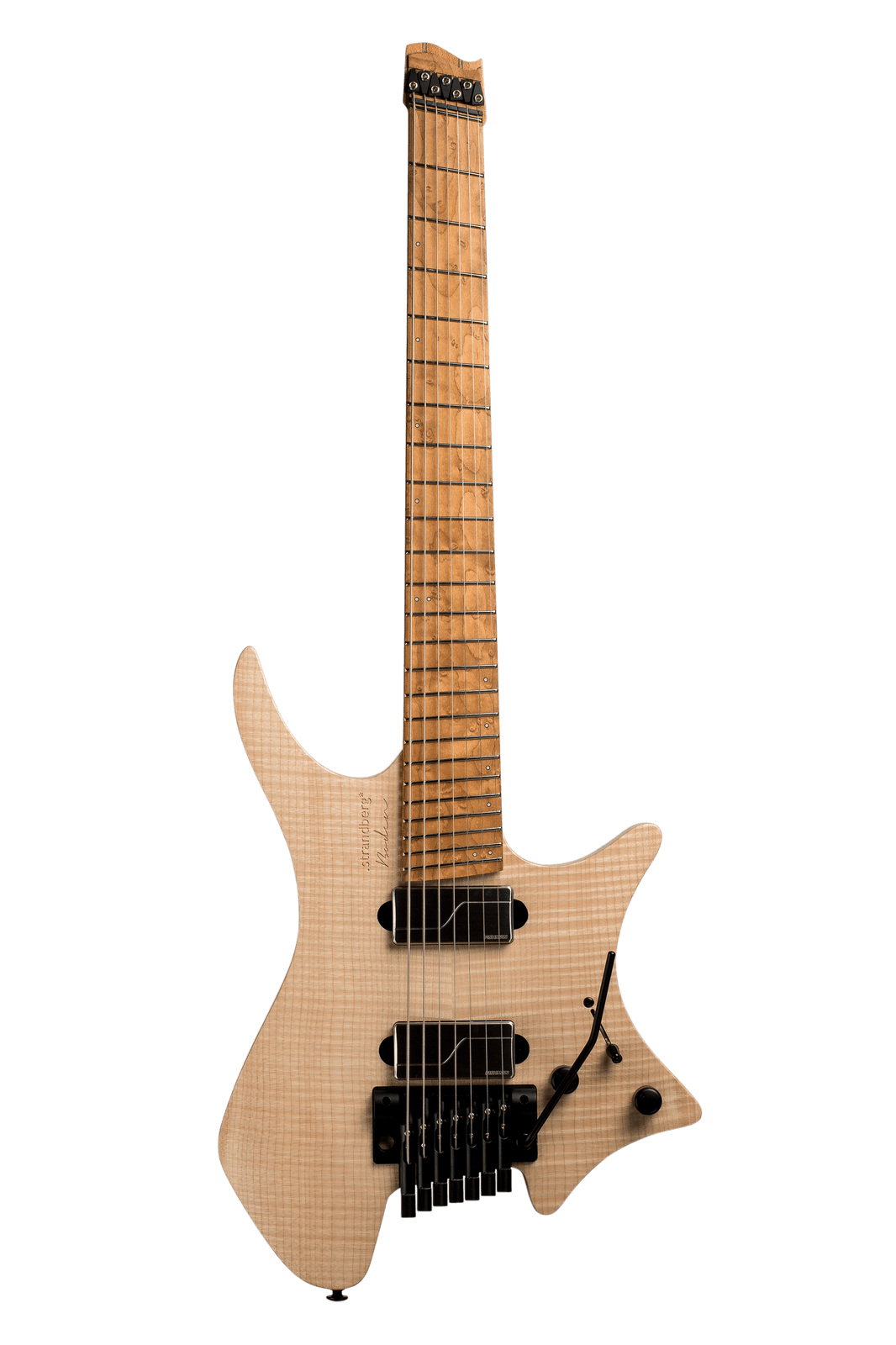
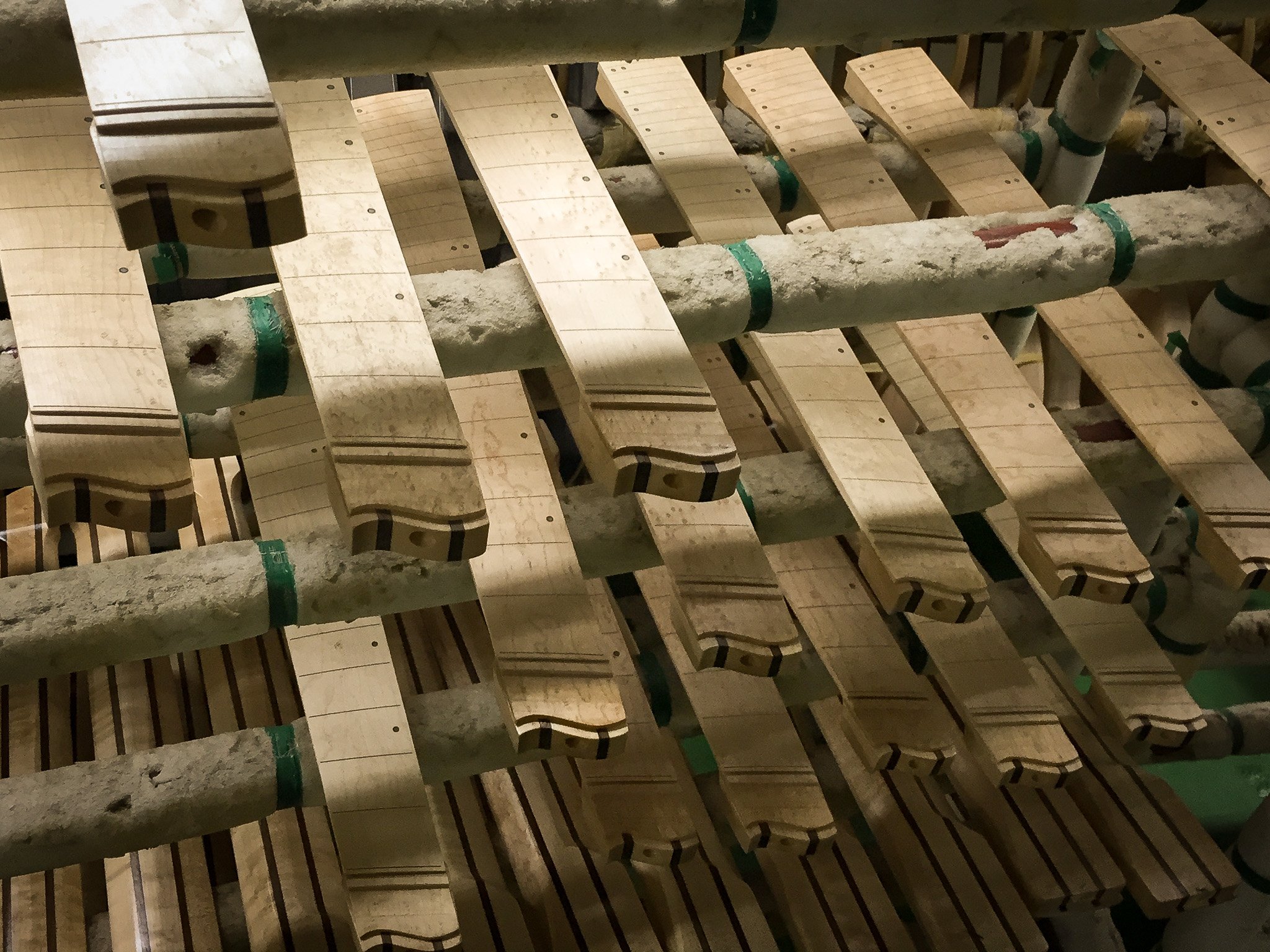
Neck and Fretboard Woods
The neck is, ultimately, the life of the guitar. It is not only where your fretting hand plays but also a critical component of the overall sound. Naturally, the neck needs to be dense, strong and stable to withstand the tension of the strings and Maple checks off all of these qualities. To further strengthen the neck and improve long term stability, we only use roasted Maple necks.
The Maple is essentially roasted or heated to a very high temperature for a certain length of time in an oxygen-free oven and this dries out the moisture, resulting in a harder and a more stable neck. Roasting the Maple not only strengthens it but also improves resonance and the overall tonal quality, making the neck sound brighter and feel more robust.
Due to its density and hardness, Maple naturally produces a bright sound with a strong high-midrange and smooth treble. It has a tight bass and produces a punchy and focused sound. Essentially, it is the neck wood that provides the counterbalance to the body’s softer and rounder sounding woods like Alder, Basswood and Swamp Ash which are not rigid enough to be used as neck woods.
With the body producing around half of the guitar’s natural acoustic sound, the neck and fretboard together produce the other half, perhaps a little more although that’d be difficult to measure. It can also be said that the neck wood produces around half of the neck/fretboard sound with the fretboard producing the other half. So, this means that the body produces 50% (40% if there’s a top which would produce the remaining 10%), the neck wood 25% and the fretboard 25%.
Is this a scientific measurement? No, it’s more of a general reference point that has been culled from many decades of experience and working with some of the top guitar builders in the world. It is more of a guideline in helping players understand what kind of effect each wood component has on the overall acoustic character of the guitar. With this in mind, we will now move onto the popular fretboard woods that we offer on our guitars.
Roasted Maple
One of the most popular choices – if not the most popular – for woods used for fretboards, Maple’s density and strength produces a strong high-midrange with a brilliant yet smooth high end, making it the fretboard wood of choice for many great guitar players like Eric Clapton, Eddie Van Halen and Guthrie Govan, to name just a few. Roasted Maple is very stable and has a smooth feel compared to Rosewood. But, again, it’s all a matter of personal preference and we can’t say one type of fretboard wood is better than another. Maple fretboard matches up very well with all body woods but is traditionally associated with Swamp Ash body, which is a classic time-tested combination.
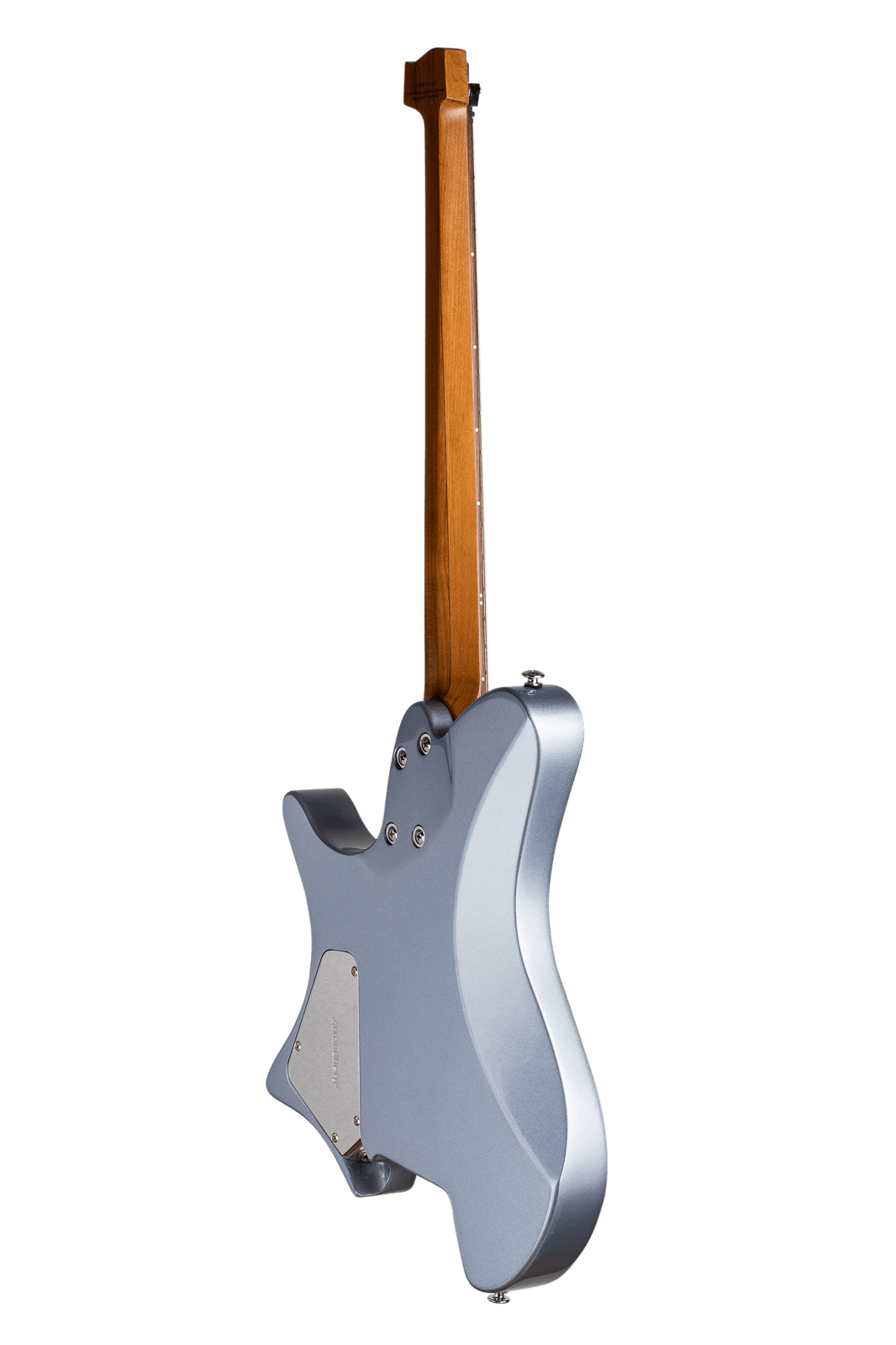
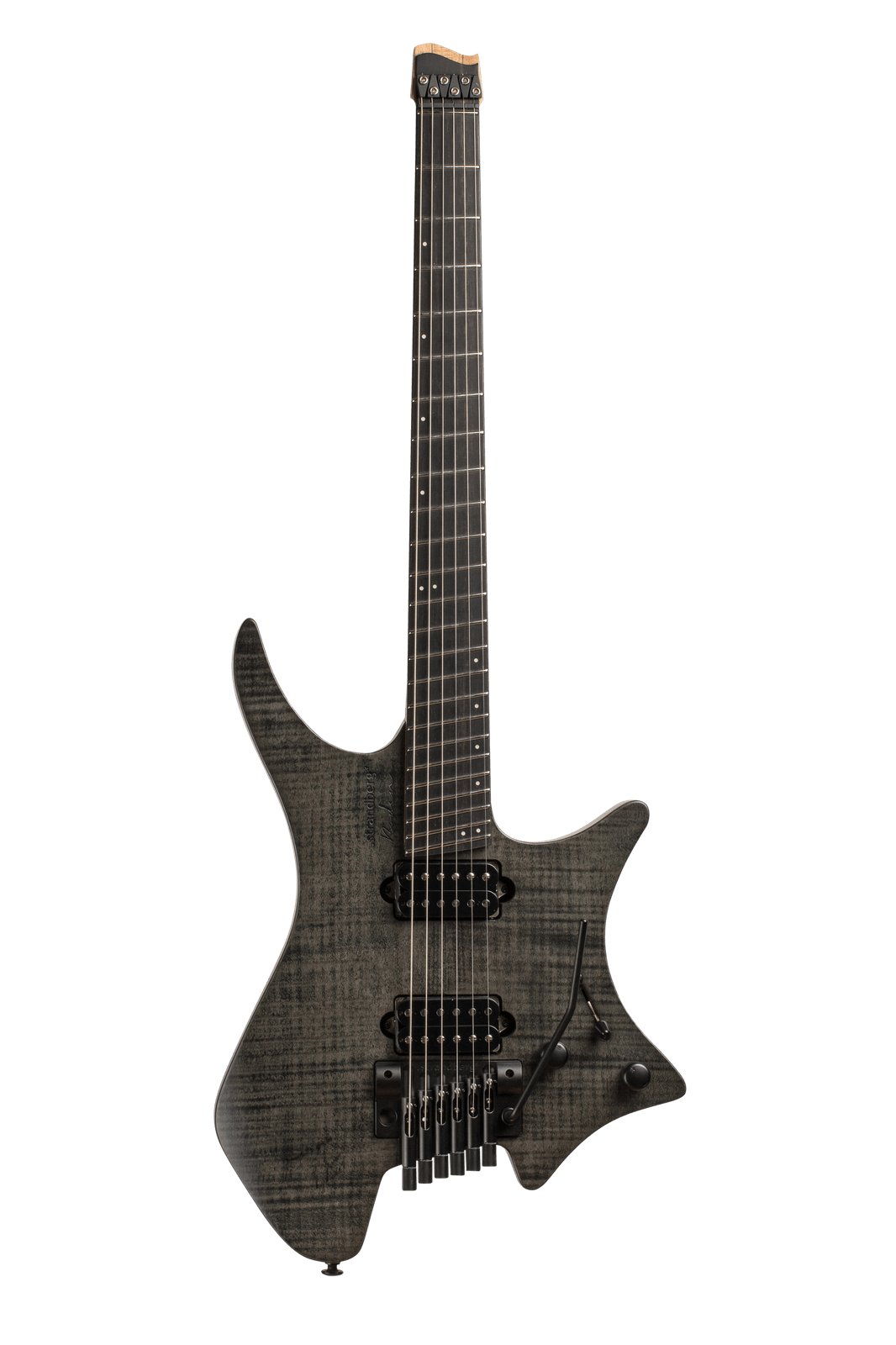
Ebony
Amongst the densest and heaviest of all woods, Ebony is typically used on high-end musical instruments for its luxurious jet-black look and its slick feel to the touch. Tonally, Ebony is bright with a lot of presence, making it a good match for softer body woods such as Basswood and Poplar. The fast and smooth feel of Ebony makes it ideal for players who emphasize speed and dexterity in their playing and the inherent brightness and cutting quality is ideally suited for high-gain applications.
Pau Ferro
With the advent of the onerous CITES regulation that made it very difficult to import and export products with Rosewood content, we carefully considered the alternatives and decided that Pau Ferro is the best choice. Pau Ferro has a light brownish look that is sometimes reminiscent of Rosewood but has a distinctive visual identify of its own with its dark grain streaks across the fretboard.
Pau Ferro is dense and has the fast and smooth feel of Ebony compared to the porousness of Indian Rosewood. Sonically, it doesn’t have the high treble or the presence of Ebony or Rosewood and exhibits some characteristics of Maple in that it has a strong high-midrange. It matches up well with virtually any body tonewood but seems to complement Alder especially well, especially with overdrive and distortion sounds.
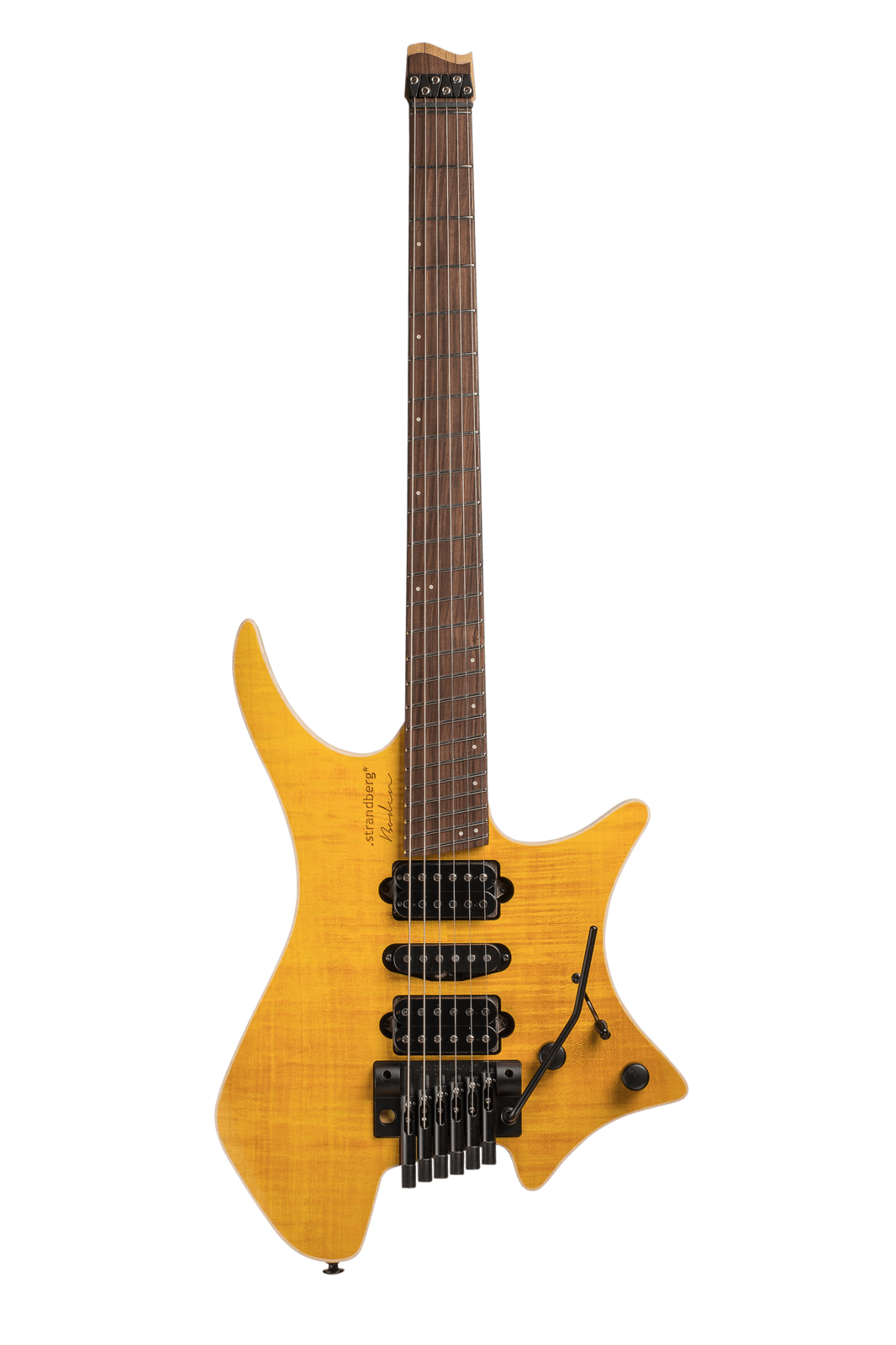
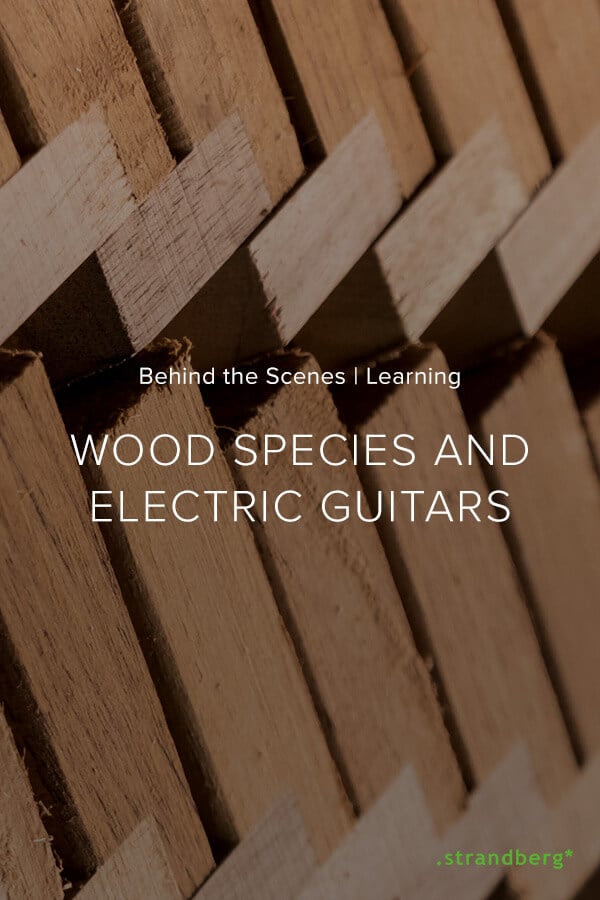
Pin this image to save this article.









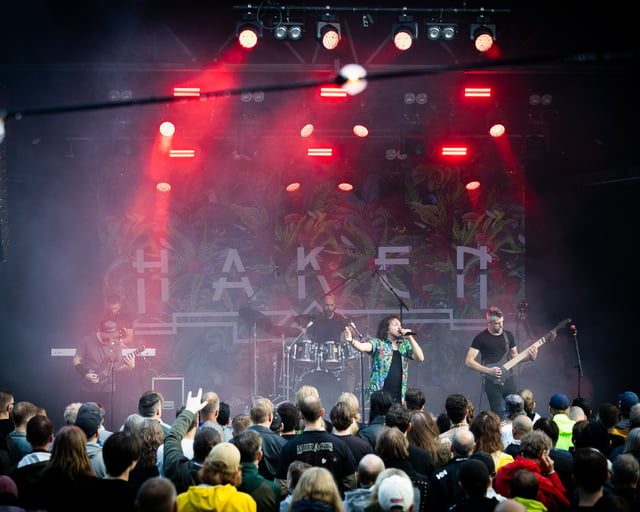




Share this: